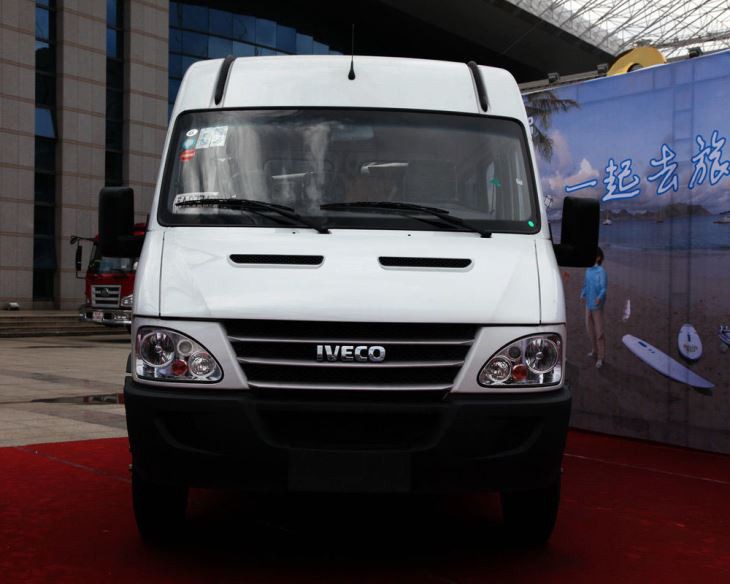Japan is known for its unique blend of ancient traditions and cutting-edge technology. One area where this juxtaposition is evident is in their fire engines. These vehicles not only embody modern engineering marvels but also reflect the culture and practices of firefighting in Japan. This article will explore the various aspects of Japan fire engines, from historical context and design to advanced technology and operational effectiveness.
Historical Context of Firefighting in Japan
The history of firefighting in Japan dates back to ancient times, when community members banded together to combat fires. Traditional firefighting methods laid the foundation for the sophisticated fire systems in place today.
Early Firefighting Methods
During the Edo period (1603-1868), fire prevention became a priority due to the frequent fires in wooden towns. Teams, known as “hikeshi,” were formed to manage and put out fires using buckets, ladders, and hand-operated pumps.
Modernization Post-Meiji Era
With the Meiji Restoration (1868), Japan saw a surge in modernization, including the introduction of steam-powered fire engines from the West. This transition marked the beginning of a new era in firefighting.
Types of Fire Engines in Japan
Japan boasts a diverse array of fire engines, each designed for specific purposes tailored to the nation’s unique landscape and fire risk factors. Below are some common types of fire engines found in Japan.
Standard Fire Trucks
Standard fire trucks are multi-purpose vehicles used for urban firefighting. They are equipped with a pump, hoses, and necessary gear for firefighters.
| Feature | Description |
|---|---|
| Pump Capacity | Up to 2,000 liters per minute |
| Water Storage | 2,000 liters |
Rescue Fire Vehicles
These vehicles are specialized for rescue missions, often featuring hydraulic equipment and medical supplies to assist in emergencies.
Specialized Fire Engines
In earthquake-prone regions, specialized fire engines are equipped with water tanks and foam supplies to deal with catastrophic fires, considering the unique challenges of such disasters.
Innovations in Japanese Fire Engines
Innovation is at the heart of Japan’s approach to firefighting. The country consistently incorporates advanced technology into their fire engines to enhance efficiency and effectiveness.
Automation and Robotics
Japanese fire engines increasingly incorporate robotic technology to manage firefighting duties, especially in hazardous situations.
Examples of Robotic Assistance
- Firefighting drones that survey large areas.
- Robotic firefighting systems for high-rise buildings.
Advanced Communication Systems
Modern fire trucks in Japan often come equipped with advanced communication systems, allowing for real-time coordination between multiple units during emergencies.
Cultural Significance of Fire Engines in Japan
Fire engines in Japan are more than just emergency vehicles; they also hold cultural significance tightly woven into community events and celebrations.
Community Events and Drills
Fire departments often engage in local festivals, promoting fire safety and showcasing their fire engines. These events foster community spirit and awareness.
Public Awareness Campaigns
Fire engines serve as a symbol of safety and security during public awareness campaigns on fire prevention and disaster preparedness.
Operational Efficiency of Japanese Fire Engines
Quick Response Times
Japanese fire departments prioritize rapid response times, utilizing GPS technology to determine the fastest routes to emergencies.
Comprehensive Training Programs
All firefighters undergo rigorous training, which includes operating various types of fire engines and specialized equipment.
Challenges Faced by Japanese Fire Services
Despite their advanced systems, Japanese fire services face significant challenges.
Natural Disasters
Japan is prone to earthquakes, tsunamis, and typhoons, complicating firefighting efforts during such calamitous events.
Aging Infrastructure
Many older fire stations and vehicles are in need of modernization. The government is continuously working towards funding replacements.
Global Influence of Japanese Fire Engine Technology
Japanese innovation in firefighting technology has gained international recognition, inspiring fire departments worldwide.
Export of Firefighting Equipment
Japanese companies export advanced fire engines and equipment, contributing significantly to global firefighting standards.
Notable Exports
- Water pump systems
- Communication technology
Future Trends in Japanese Firefighting
The future of fire engines in Japan is likely to continue trending toward greater technology integration and sustainability.
Electric and Hybrid Fire Engines
With an increase in environmental awareness, electric and hybrid fire engines are being developed to reduce carbon footprints and improve efficiency.
Smart Technologies
The integration of smart technologies, such as IoT and AI, will further enhance operational efficiency in firefighting.
Frequently Asked Questions (FAQ)
What types of fire engines are commonly used in Japan?
Japan employs various types of fire engines, including standard fire trucks, rescue vehicles, and specialized vehicles for high-risk areas.
How does Japan’s firefighting technology compare to other countries?
Japan is known for its advanced firefighting technology, particularly in automation and communication, setting a benchmark for other nations.
What are the special features of Japanese fire engines?
Japanese fire engines may include advanced communication systems, robotic technologies, and specialized equipment for diverse firefighting needs.
How does the cultural aspect influence firefighting in Japan?
Fire engines are an integral part of community events and public awareness campaigns, promoting fire safety as a cultural value.
What challenges does the Japanese firefighting service face?
Natural disasters and aging infrastructure pose significant challenges for Japanese fire services, necessitating ongoing modernization efforts.
What is the future outlook for Japanese fire engines?
The future of Japanese fire engines is expected to focus on electric and hybrid models, alongside the integration of smart technologies for enhanced efficiency.





